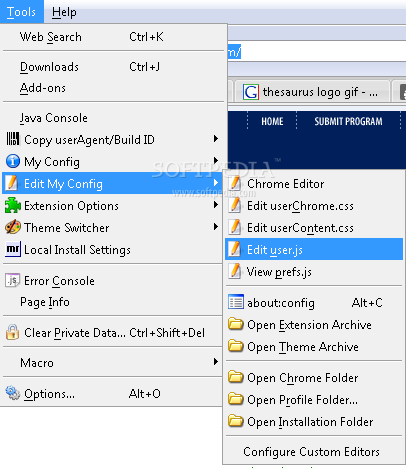
Set up /etc//CentOS-Base.repo like:īaseurl=file:/share/CentOS/$releasever/os/$basearch/ Substitute your local subnet or an explicit list of IP addresses.

NFS has the advantage over HTTP or FTP that updates will be used "in place" rather than copies to the cache being made by yum. On the server you can use NFS to export the directory. bin/rm -f /var/lock/subsys/rsync_updatesĬreate a link pointing to the current release, if it has changed. If thenĮcho "Updates via rsync already running." If running in cron one should probably be a bit more robust and use a lock file to assure that a job is not already running. If you only want i386 or x86_64, or want to exclude things like or adapt as required. Rsync -avSHP -delete -exclude "local*" -exclude "isos" ::CentOS/6.8/ /share/CentOS/6.8/Įcho "Target directory /share/CentOS/6.8 not present." If using CD ISOs then copy the contents of all CDs to the same directories for each architecture, overwriting files of the same names. Populate according to your preferred architecture, or do both i386 and x86_64: The structure should look like this (or you may choose to only use a subset, such as "os" just for installs):

Can add ISO images and any updates you already have downloaded. On my current system with a full mirror including ISO images and some local packages (see HowTos/CreateLocalRepos), this requires ~28GB (size not verified since CentOS 5)įind a Current Mirror near you that supports rsync, set up a directory structure already populated with content from the 6.8 DVDs or CDs. On the server machine become root and create the share:Īdjust the path to a filesystem that has enough space, or mount a new disk/partition under /share or your preferred mountpoint. The $releasever variable in yum repo definitions always maps to the current major release number, in this case "6", that is typically a symbolic link pointing to the current minor release directory tree, now "6.8". Lets assume we want to set up the share for CentOS 6.8 as /share/CentOS/6/.

If you have a lot of systems you may want to consider setting up a local mirror for updates or network installs.


 0 kommentar(er)
0 kommentar(er)
